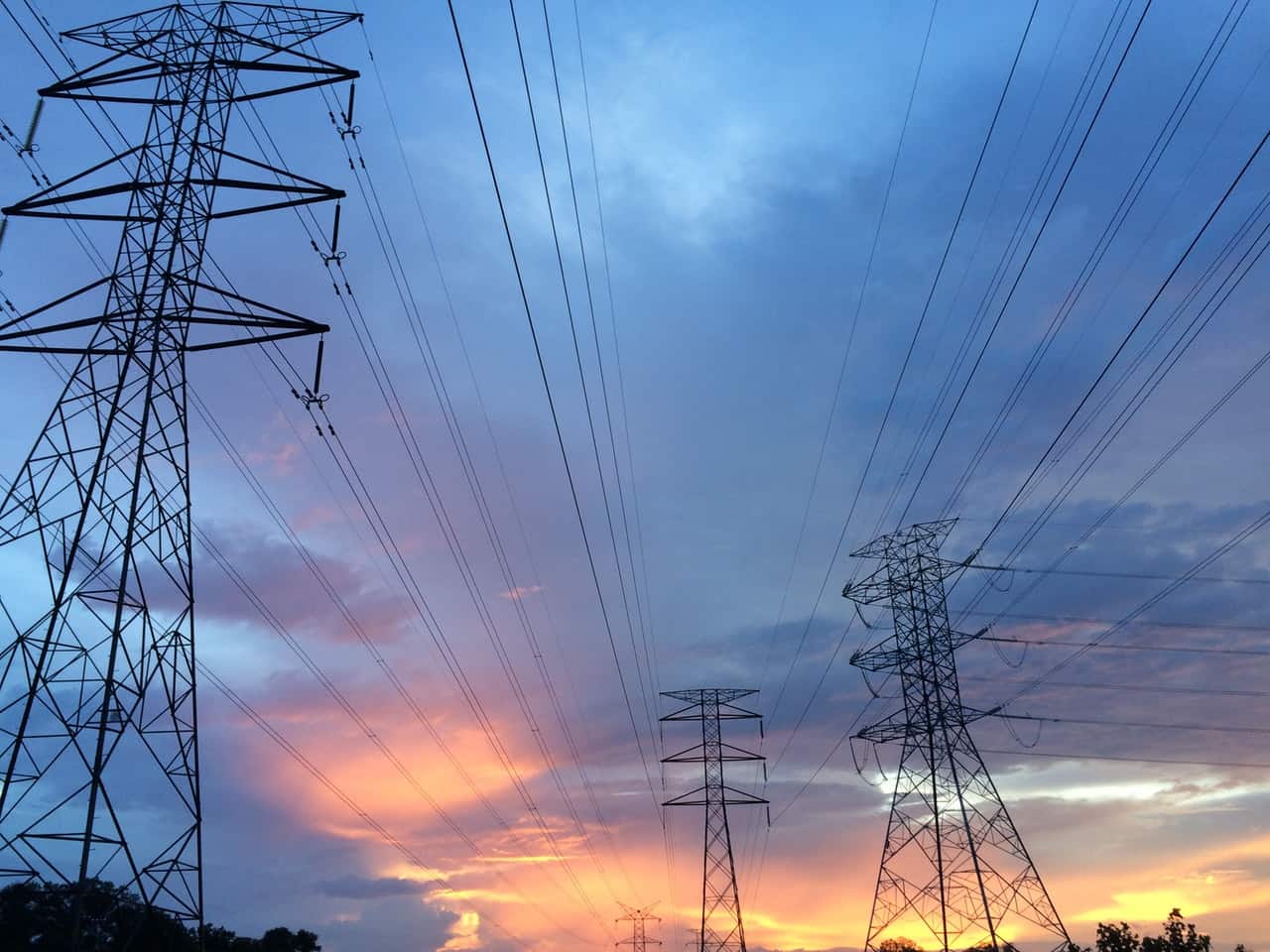The Impact of CFE’s Financial Challenges on Electricity What Industrial and Commercial Consumers Are Doing

Mexico’s electricity demand is expected to keep growing by 3% per year, on average, for the following years according to most energy experts. This implies a growth of more than 50% in the following decade and a half, which is a daunting challenge for any country or region.
The public electricity utility, CFE, will unfortunately have to carry most of the burden in the following years. The legal changes have liberalized a large portion of the electricity value chain, but recent policy announcements have restrained the legal mechanisms that would have facilitated more private sector participation in power generation. Regrettably, the Mexican State has signaled its unwillingness to allow private sector involvement through public-private partnerships on transmission and distribution of electricity, where it maintains a legal monopoly. As a result, the medium-term outlooks for the utility, point out that it will need to disburse almost $15 billion USD in capital expenditures over the next five or six years, even though it is not the only player in the industry.
CFE has undergone important corporate changes in recent years that still have to prove beneficial from an efficiency and financial point of view. The transformations have provided more autonomy and better corporate governance to the utility. Nevertheless, the biggest challenge today is to show how the new legal and corporate framework will lead to productivity gains, lower costs and better services. Financial results have been encouraging in recent years, but the utility has yet to prove that it can sustain these gains over time in a high-investment scenario.
The external and internal environment faced by CFE is challenging. Macroeconomic considerations limit its strategic options. Economic growth has fallen, and fiscal policy offers very small margins with the present need to strengthen the sovereign credit rating. On the other hand, monetary policy will be in an easing mode, but interest rates are likely to maintain their current high spreads with respect to those in the United States. Unfortunately, an ongoing threat of a global recession or of a downturn in the US are looming, and the pending ratification of the North American trade agreement will add to the uncertainty that limits what CFE can do to finance its investment program.
Increasing revenues, a capitalization or a financial weakening of the utility´s balance sheet seem to be the three options available to finance the growing requirements for capital expenditures, since the margins to reduce operational expenditures are simply not large enough to meet the investment challenge. Contributing to the capital stock seems unlikely today, given the government´s financial limitations, and further leveraging is complicated since increasing the liabilities of the public utility would add additional pressure to the credit risk perception of our country.
To drive greater revenue from its services would require higher tariffs, but the room to raise them seems reduced in practice, since industrial tariffs are still higher than the ones paid by companies in the United States and keeping the path to convergence with our trading partners is crucial for Mexican competitiveness. On the other hand, residential tariffs have been lower than in the Unites States for over a decade, but are politically sensitive, and provide a smaller share of revenues. Pragmatism requires one to take note that 90% of CFE clients are residential, and the remaining 10% are industrial, commercial and other goods and services providers. Nevertheless, roughly 70% of CFE revenue is from the industrial and commercial customers.
In conclusion, demand for electricity in Mexico will continue to grow over the next several years and that will require large investments in generation, transmission and distribution to meet growth, reliability and sustainability goals. Private sector investments in power generation will be insufficient to match the raising demand, given the lack of long-term mechanisms to attract those efforts. As a result, large public sector investments in generation, as well as in transmission and distribution, will be required. Unfortunately, the practical and financial limitations t will result in mounting pressures to rise revenues through tariff increases to large consumers. Because of these dynamics, large industrial and commercial energy consumers that can register as qualified users should seek bilateral contracts in the electricity market in which they are able to manage their financial risks.




